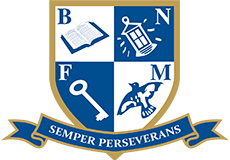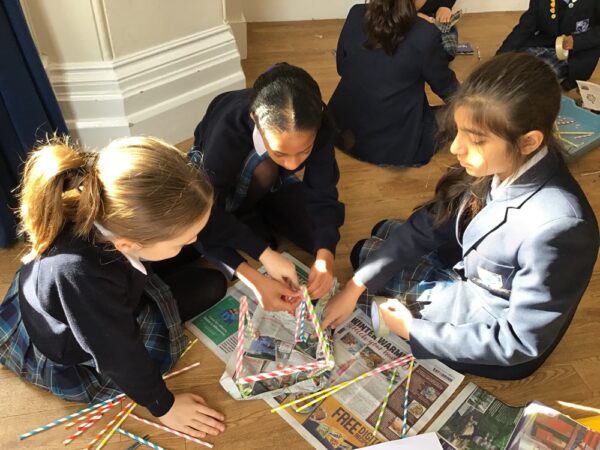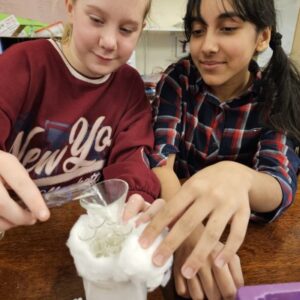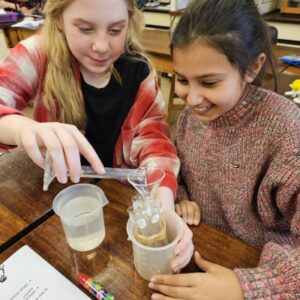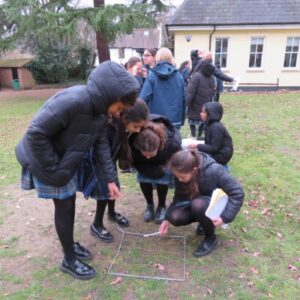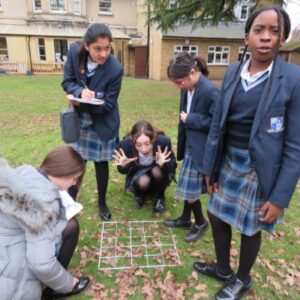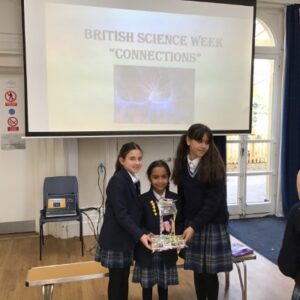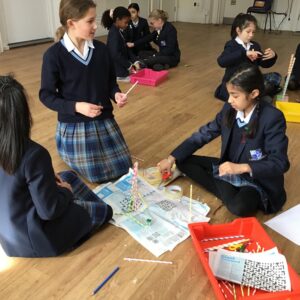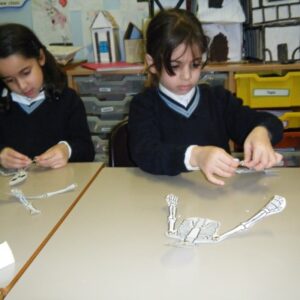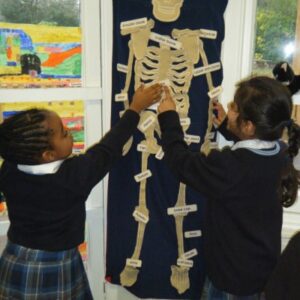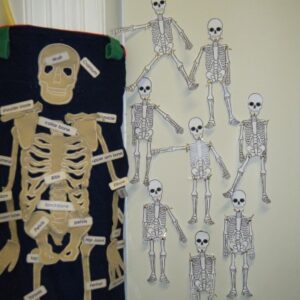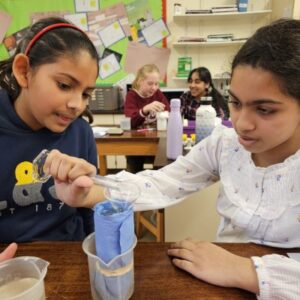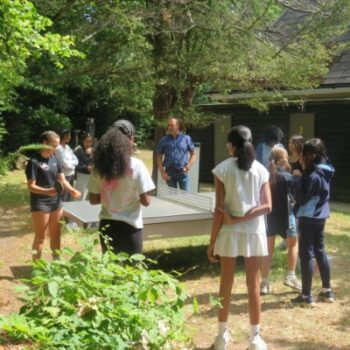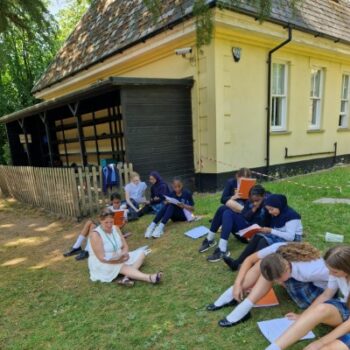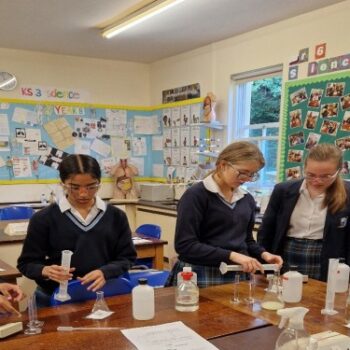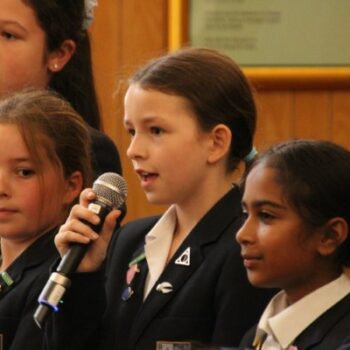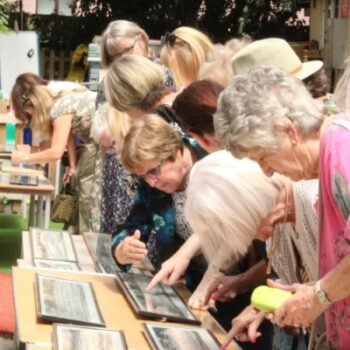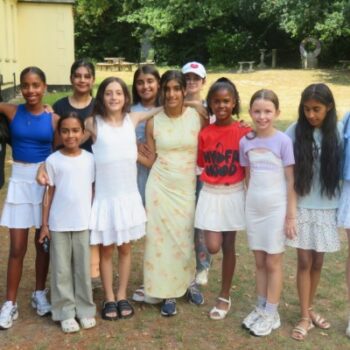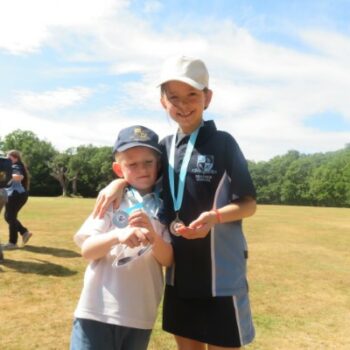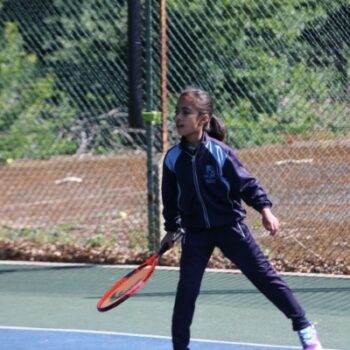British Science Week ran from the 10th – 19th March 2023 this year. This year’s theme was “Connections.”
“Nearly all innovations in science, technology, engineering and maths are built on connections between people; two (or more) heads are better than one, after all! But as well as exploring the importance and joy in connections between individual scientists, research groups and institutions, you could discover the different ways connections appear across all areas of science. Evolution, for example, shows us the ways that animals, including humans, as well as well, plants and bacteria are all connected in a family tree stretching back millennia.”
Braeside pupils and teachers were involved in participating in lots of fun Science activities which involved making connections.
For example:-
Year 1 pupils have been learning about the human body. They looked at the human skeleton and labelled the different bones. The children had fun making their own moving skeletons using split pins.
Year 4 and 5 pupils participated in the “Oxo Challenge.” The pupils were split into groups of three and were given a tray which contained one large selotape, forty straws, a newspaper, one oxo cube, scissors, a pencil and some plain paper. The task was to build the tallest and sturdiest tower which could hold an oxo cube. Pupils were given 45 minutes to complete this task, they had to present their final product to the rest of the group and the judges with explanations.
Year 6 pupils investigated insulating materials and carried out the huddling penguin experiment. They were able to make the connection of why penguins huddle together and were able to relate this to which material reduced heat loss.
Year 7 pupils were involved in using quadrats in the Braeside garden to see the ratio of organisms co existing in an ecosystem. They were able to make connections between plant and animals living harmoniously in a garden habitat.
Year 8 pupils were learning about how exercise affects pulse rate. They learned how to take their pulse rate correctly, they then participated in a form of exercise such as jogging or star jumps and then took their pulse rate again. The were able to make clear conclusions and understand the connections between how the heart and muscles require more energy during exercise and therefore the pulse rate increases.
Mrs Razzak

